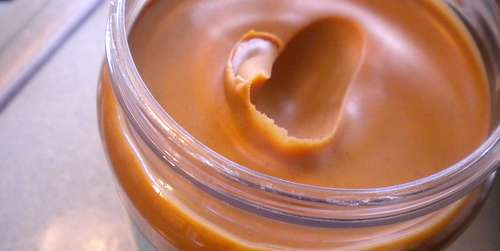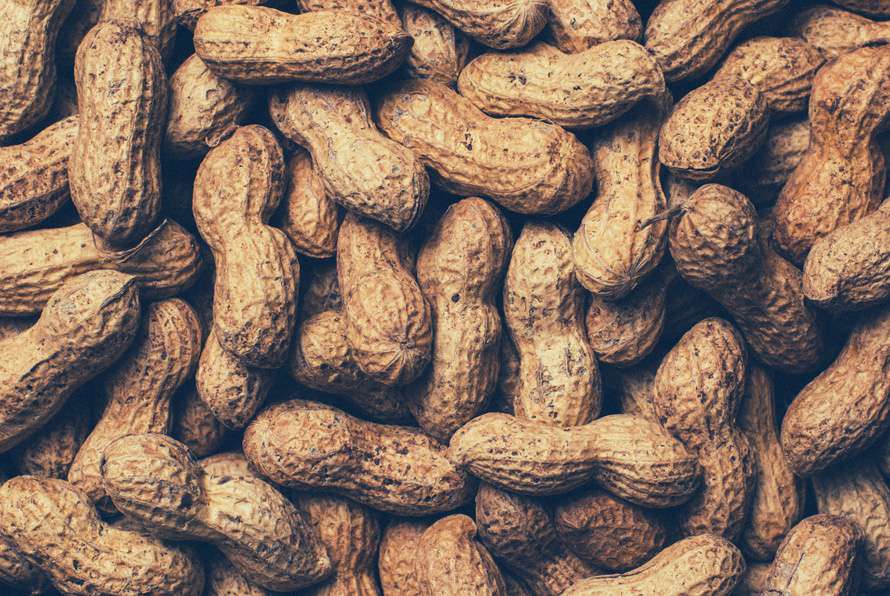
Peanut butter has a uniquely American history and consumers have strong preferences for how peanut butter should look. Image Source: Flickr user Denise Krebs
When I lived in London, one of the things I missed most about the United States was peanut butter. Yes, there was peanut butter in the UK, but it was different and it wasn’t the sort of difference you could look past. And, as I came to find out, I wasn’t the only one who felt that way. In fact, American peanut butter was a hot commodity; whenever someone would go home on holiday or have visitors from the US, we would put in our peanut butter orders and wait impatiently until we could get our hands on what we knew and loved.
It makes sense that Americans have a unique relationship with peanut butter. It was, after all, John Harvey Kellogg, a physician and vegetarian, who began giving his patients nut butters in the 1890s to provide them with a healthy, easy-to-eat source of protein.1 Simultaneously, he began supplying peanut grinders to health food stores, allowing a relatively small market of niche, expensive peanut butters to flourish.
Mass commercialization, however, didn’t happen until the 1920s, when Joseph Rosefield introduced the use of hydrogenated fat in the peanut butter manufacturing process, preventing oil separation and drastically increasing the appeal of the product. Rosefield’s invention came just in time; “as the scarcity of meat [during WWII] required citizens and soldiers to seek protein alternatives.”2 From that point on, peanut butter took off. Today Americans spend over $1.8 billion on peanut butter annually – more than any other nation in the world – and over half of peanuts grown in the United States are destined to be made into peanut butter.3
This history is noteworthy because it informs how Americans approach peanut butter and guides the purchasing decisions of consumers. Peanut butter is not seen as an exotic food eaten on rare occasion, but as a staple that is consumed throughout life, something we remember from our grade school lunch boxes, something we eat as comfort food, and something that has become inextricably linked to our culture. It is familiar and beloved. As such, consumers have very specific expectations of peanut butter products and strong preferences regarding what it should taste, look, and smell like, preferences that have typically been ingrained from childhood. The color of peanut butter in particular is of utmost importance when it comes to influencing consumer choice and experience.

The color of peanut butter is an important indicator of quality and reflect both the quality of raw ingredients and correctness of processing.
Image Source: Pexels user stock.tookapic.com



